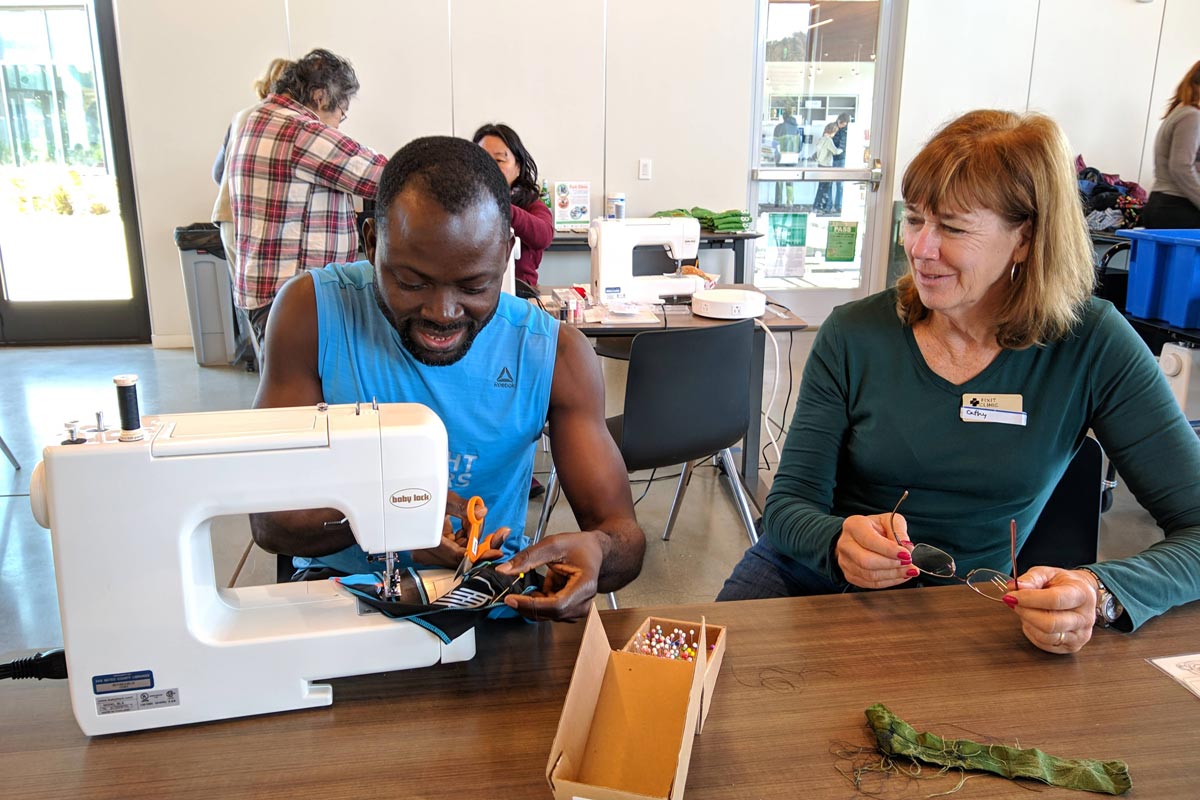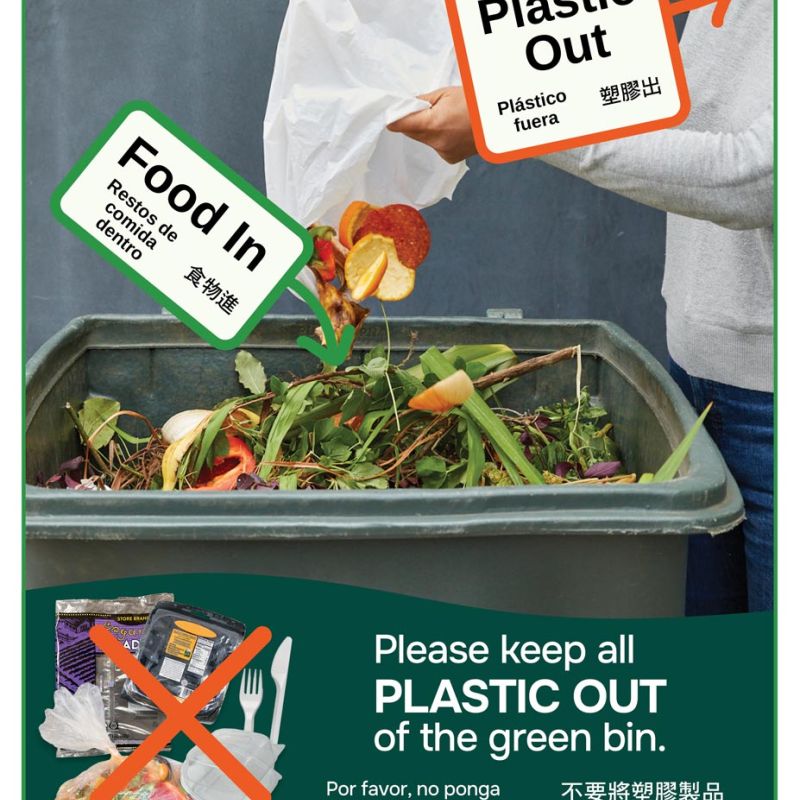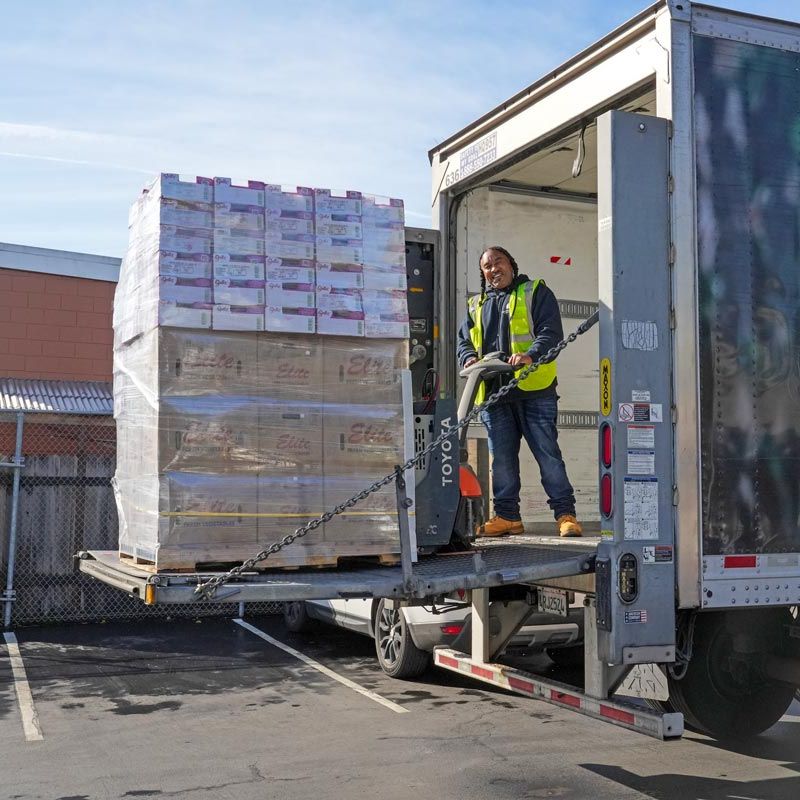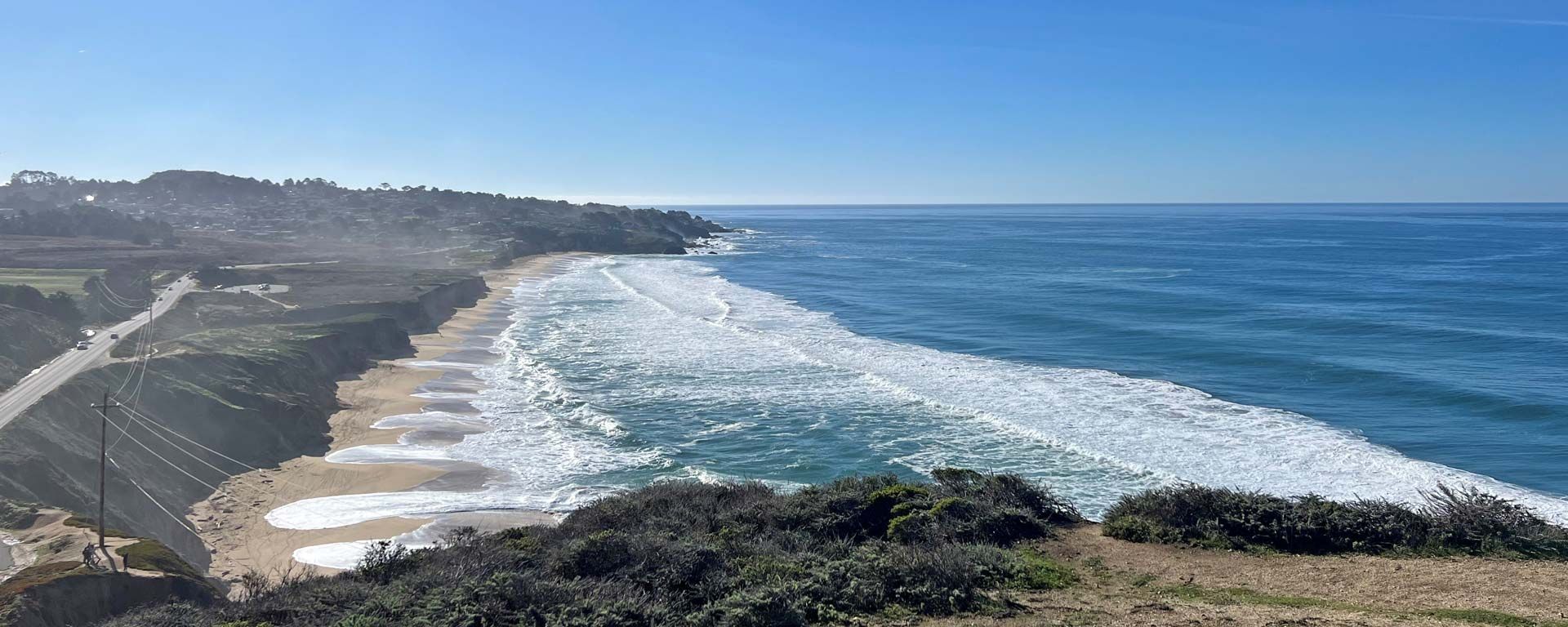
Water Quality Projects
The Sustainability Department plays a key role in coordinating water quality improvement projects across other County Departments and municipalities to ensure that San Mateo County meets State requirements while working towards a cleaner and more sustainable environment.
TMDLS and Water Quality Improvement Projects in San Mateo County
Total Maximum Daily Load
An acronym that is often associated with water quality projects is TMDL, which stands for Total Maximum Daily Load. This is a regulatory framework used to ensure that water bodies remain clean and healthy. It specifies the maximum amount of a pollutant that can be safely introduced into a water body each day without causing harm to the environment or exceeding water quality standards set by a regulatory agency, in this case the California State Water Board.
Water Quality Improvement Plans
A Water Quality Improvement Plan (WQIP) is a comprehensive strategy designed to enhance and protect the quality of water in a specific area. It outlines the steps and actions needed to address water pollution and improve overall water conditions. This plan often involves coordinating with various stakeholders, including government agencies, businesses, and the community, to effectively manage and reduce pollutants from sources such as stormwater runoff, industrial discharges, and land use activities.
Both a TMDL and a WQIP are designed and developed by the California State Water Board and are implemented and reported on by the County and supporting municipalities. In San Mateo County, we have two types of TMDLs and WQIPs: bacteria and sediment. Click on the project links below to learn more about specific TMDLs and WQIPS.
Featured Projects
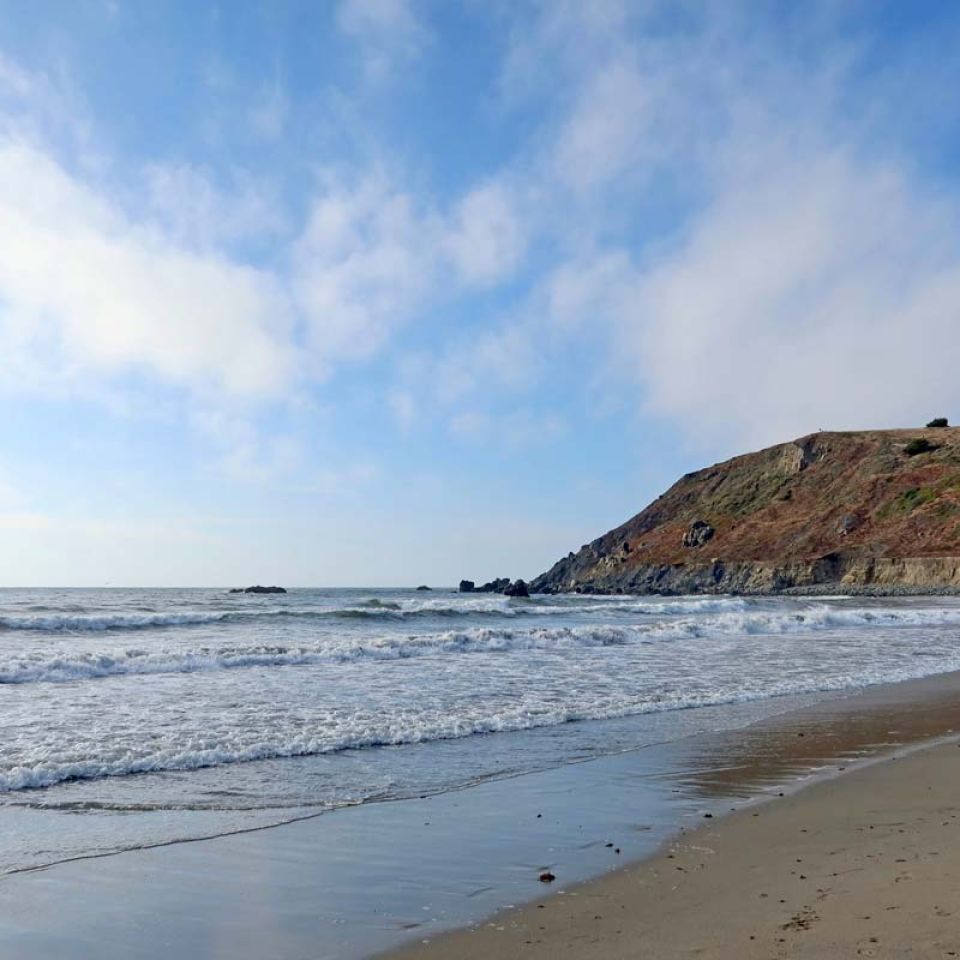
Pacifica State Beach and San Pedro Creek
In 2013, the San Francisco Regional Water Quality Control Board (Water Board) found that waters in Pacifica State Beach and San Pedro Creek had high levels of bacteria pollution. The County, the City of Pacifica, and the Water Board worked together to develop a plan to reduce water pollution levels. For more information, visit the Water Board’s webpage.

San Vicente Creek
In 2016, the Water Board developed a water quality improvement plan for the San Vicente Creek watershed and the County is implementing the activities as described in the plan. It is especially important to protect San Vicente Creek because it drains to the James V. Fitzgerald Marine Reserve, an area with a wide diversity of marine life.
For more information, visit the Water Board’s project page.
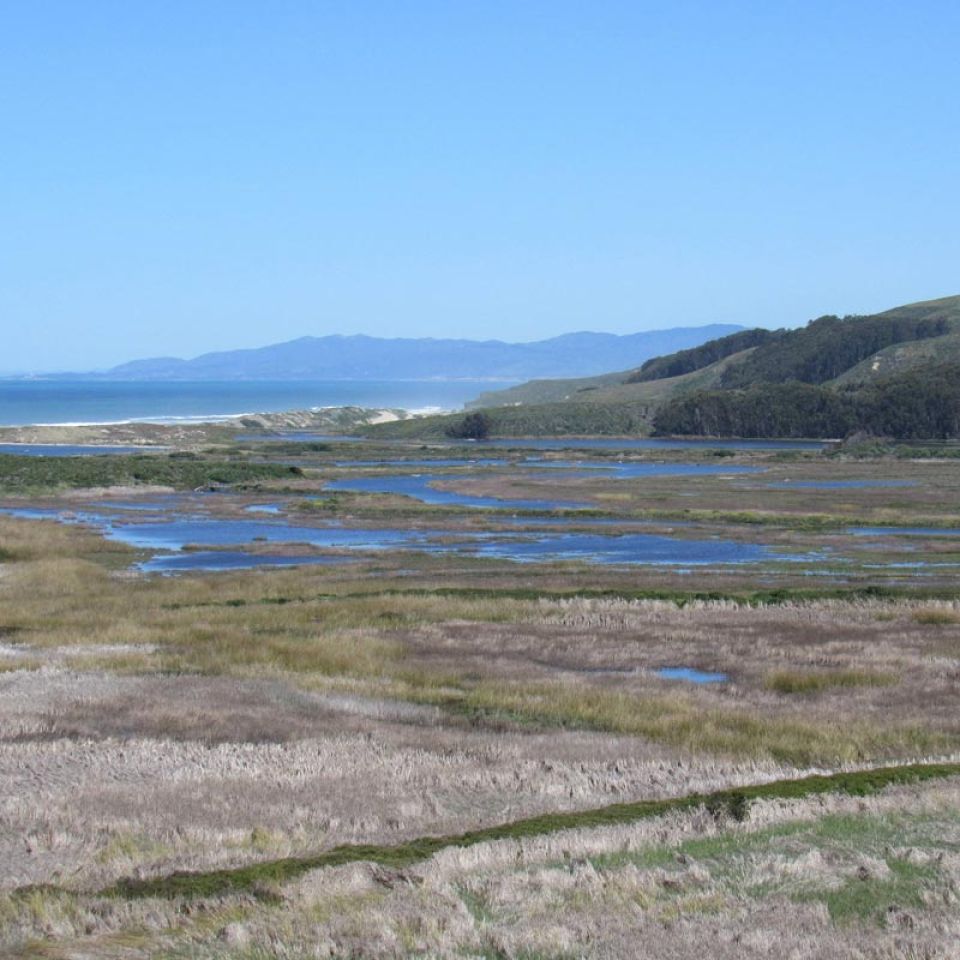
Pescadero-Butano Creek
In 2018, the Water Board developed and approved a plan to help reduce sediment volumes entering the Pescadero and Butano Creeks which flow through the Pescadero Marsh and into the Pacific Ocean. For more information, visit the Water Board’s project page.
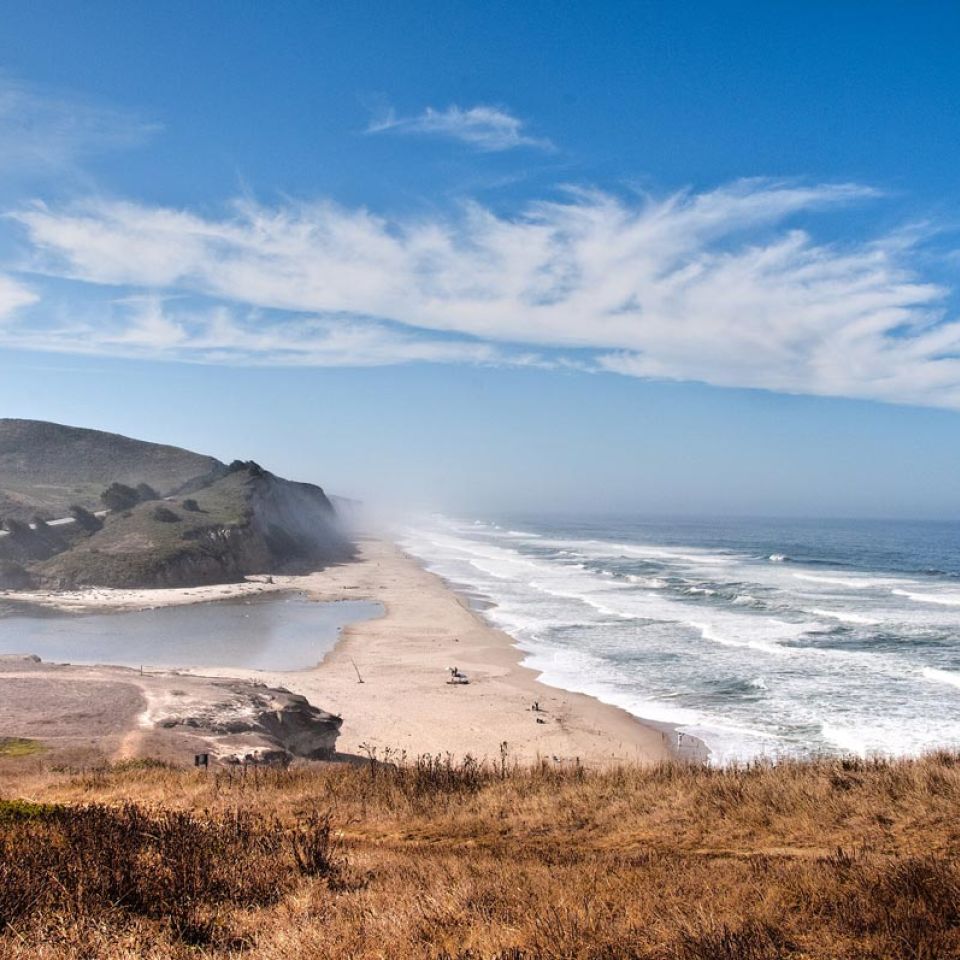
San Gregorio
In 2021, the Water Board developed and approved a plan to help reduce sediment volumes and restore habitat for coho salmon and steelhead in the San Gregorio Creek Watershed. San Gregorio Creek is located in San Mateo County and drains from the Santa Cruz mountains to the Pacific Ocean. For more information, visit the Water Board’s project page.
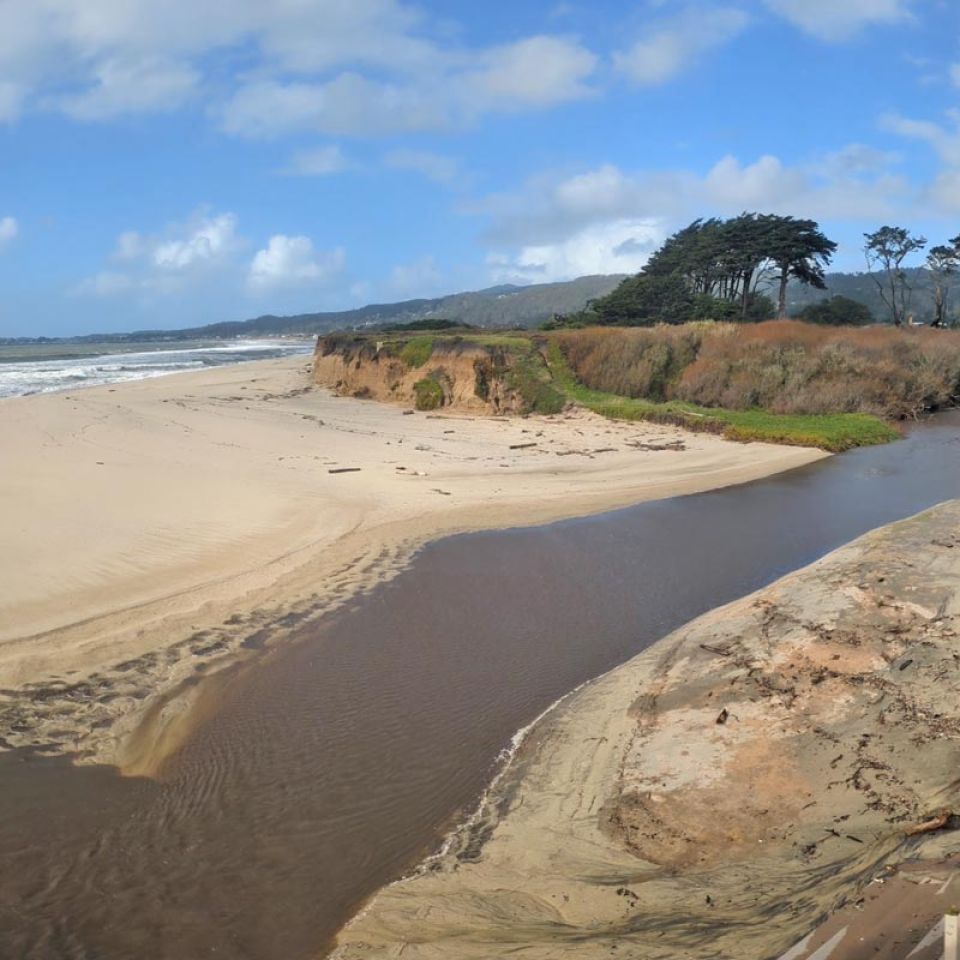
Pillar Point Harbor and Venice Beach
In 2021, the Water Board developed and approved a plan to reduce bacteria pollution in the Pillar Point Harbor and Venice Beach watersheds which flow into the Pacific Ocean. For more, visit the Water Quality Board’s project page.
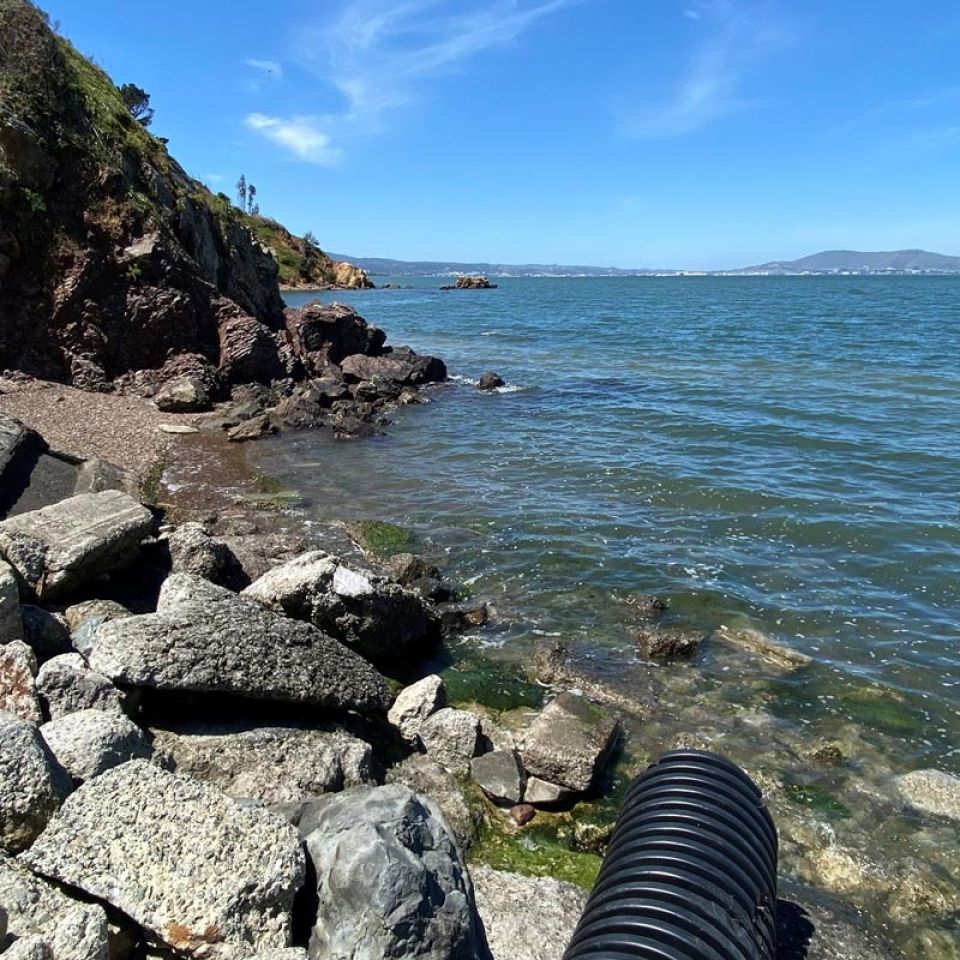
Coyote Point
San Mateo County anticipates an approved plan developed by the Water Board in 2025 for a bacteria TMDL. This will be the first TMDL on the Bayside of San Mateo County.
Grant Projects
Improving water quality in San Mateo County through grant funded projects.
Athlone Full Trash Capture and Youth and Education Project
In 2022, San Mateo County Sustainability Department was awarded $500,000 from the United States Environmental Protection Agency to continue trash capture efforts in the North Fair Oaks area of the County. In collaboration with Department of Public Works, one large subsurface trash capture system will be installed. The Sustainability department is also partnering with local community-based organizations to create youth outreach programs to create art in the North Fair Oaks area with school aged children. This award builds on the existing effort to reduce trash from entering County waterways and meeting California’s 100% trash capture goal by June 2025.
Douglass Full Trash Capture and Youth and Education Project
In 2024, San Mateo County Sustainability Department was awarded $500,000 from the United States Environmental Protection Agency to continue trash capture efforts in the North Fair Oaks area of the County. In collaboration with Department of Public Works, upwards of 40 small trash capture devices will be installed along with two subsurface infiltration systems located at Douglas Avenue and Spring Street at Bay Road. The Sustainability Department plans to work with community-based organizations in North Fair Oaks to design and create youth education and art projects with school aged children as part of this grant award. This award builds on the existing effort to reduce trash from entering County waterways and meeting California’s 100% trash capture goal by June 2025.

